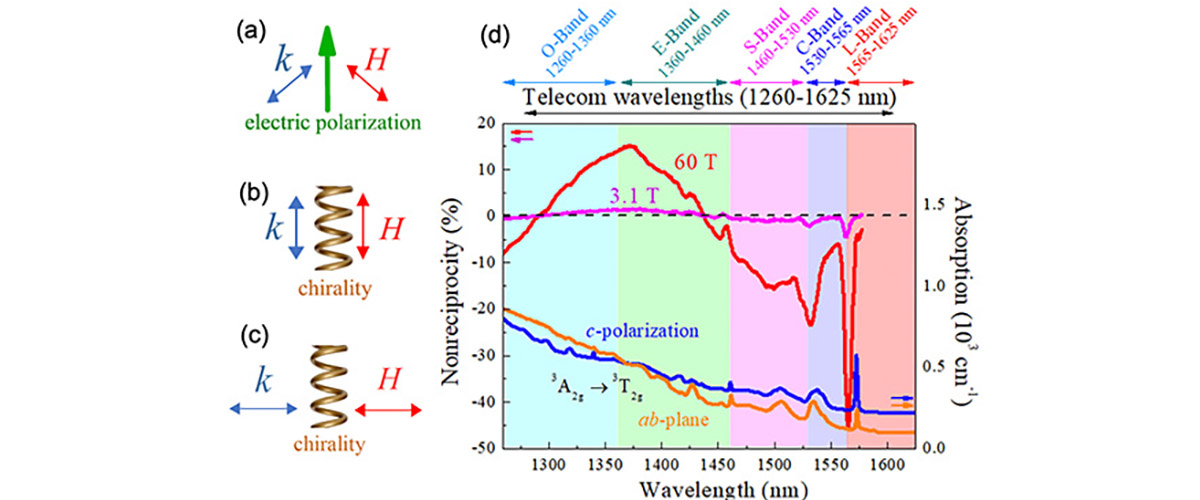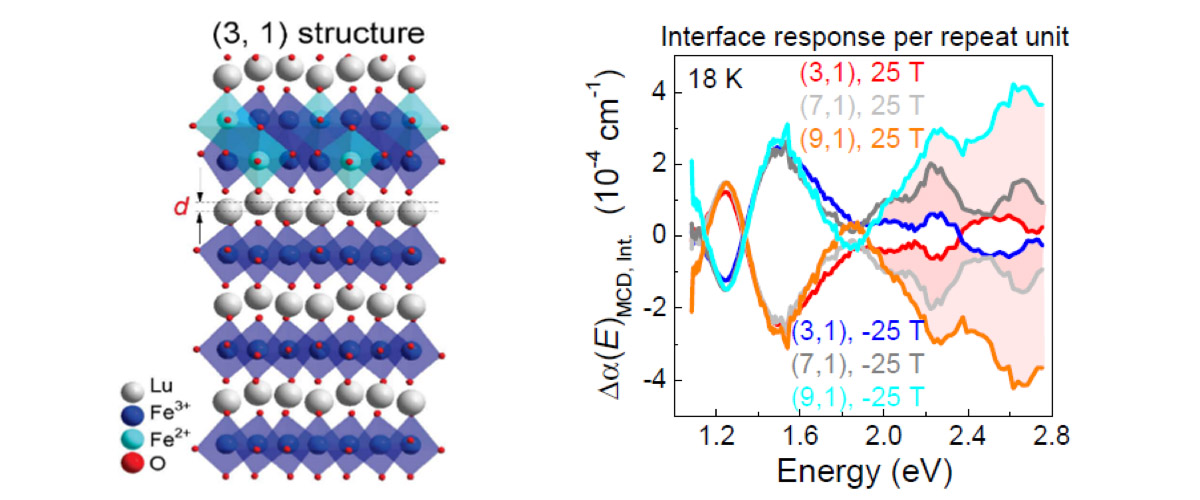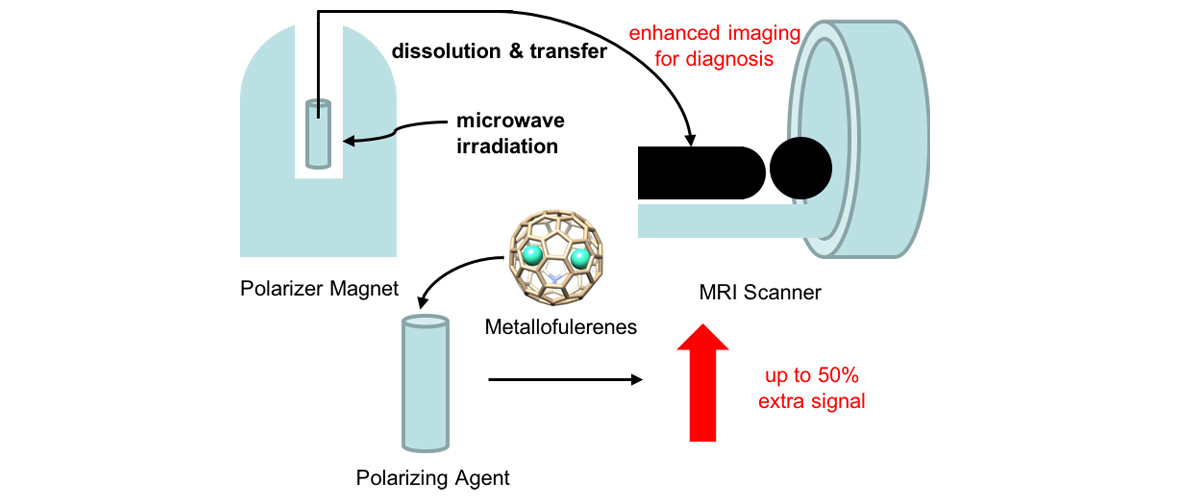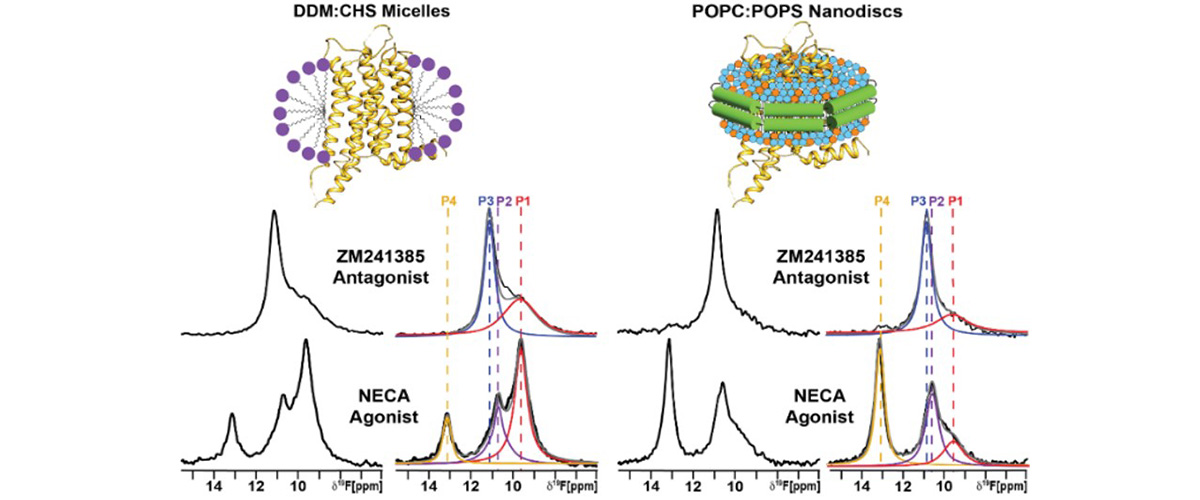What did scientists discover?
Magneto-optical spectroscopy in 60 tesla pulsed magnetic fields revealed differences between forward and backward light transmission in the chiral, polar magnet Ni3TeO6. Depending upon the geometry of the measurement (see Figure), researchers can dramatically vary the dichroic contrast at 1550nm – a very important wavelength for fiber optic telecommunications.
Why is this important?
Symmetry plays a crucial role in determining the properties of materials. Usually, light transmission is the same if you shine a light through a material forward or backwards. This is due to the preservation of the symmetry. When symmetry breaks, interesting "optical diode effects" can be observed. The one-way transparency in Ni3TeO6 is one of the consequences of broken symmetries. Ni3TeO6 is a magnet that hosts both chirality and polarity, making it a superb platform for unraveling optical diode effects in different geometries. This effect takes place in an extremely useful range of the electromagnetic spectrum, paving the way for photonic applications in fiber optic telecommunications.
Who did the research?
K. Park1, M. O. Yokosuk1, M. Goryca2, J. J. Yang3, S. A. Crooker2, S.-W. Cheong4, K. Haule4, D. Vanderbilt4, H.-S. Kim5, and J. L. Musfeldt1
1University of Tennessee; 2National MagLab, Los Alamos National Laboratory; 3New Jersey Institute of Technology; 4Rutgers University; 5Kangwon National University;
Why did they need the MagLab?
An intense magnetic field is required to break time-reversal symmetry, which is key to observing this one-way transparency.
Details for scientists
- View or download the expert-level Science Highlight, One-way Optical Transparency at Telecommunications Wavelengths
- Read the full-length publication Nonreciprocal directional dichroism at telecom wavelengths, in Nature Quantum Materials (npj)
Funding
This research was funded by the following grants: J. L. Musfeldt (DMR-1629079 ); S.-W Cheong, K. Haule, D. Vanderbilt (DMR-1629059); S. A. Crooker (DMR-1644779); H.-S Kim (NRF-2020R1C1C1005900 & KSC-2020CRE-0156).
For more information, contact Neil Harrison.






